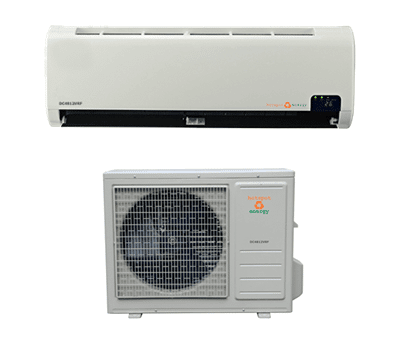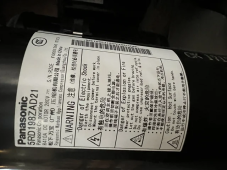jameshowison
New Member
- Joined
- Jul 30, 2021
- Messages
- 188
Anyone have any idea why Signature Solar sells the hybrid "solar" air conditioners (which directly connect panels via MC4 connectors) rather than the straight 48vdc ones?
They sell this one https://signaturesolar.com/eg4-hybrid-ac-dc-solar-air-conditioner-1-ton/ but it uses grid power when the panels aren't producing. Can't be connected to a battery (well, unless via an inverter which seems very roundabout)
Looks like Sig Solar sells this one from Deye:

But Deye also make a straight 48vdc one designed to connect to systems with batteries (that is very similar to the Hotspot 48vdc heat pump). This would work fine with the All-in-ones (although they show a separate MPPT).

That one is actually mentioned on the manual on SigSolar's site (see p 8): https://signaturesolar.com/content/documents/EG4/EG4 Mini Split Manual-12000-24000 1.0.0.pdf
I can't find a US distributor for those at all, although there might be some on alibaba.
They sell this one https://signaturesolar.com/eg4-hybrid-ac-dc-solar-air-conditioner-1-ton/ but it uses grid power when the panels aren't producing. Can't be connected to a battery (well, unless via an inverter which seems very roundabout)
Looks like Sig Solar sells this one from Deye:

Hybrid ACDC 12K/18K/24K | Solar Air Conditioner
Deye hybrid ACDC solar air conditioner, DC48V solar air conditioner. 100% saving energy, easy installation.
deyesolar.com
But Deye also make a straight 48vdc one designed to connect to systems with batteries (that is very similar to the Hotspot 48vdc heat pump). This would work fine with the All-in-ones (although they show a separate MPPT).

DC48V-09K/12K/18K/24K | Solar Air Conditioner
Deye hybrid ACDC solar air conditioner, DC48V solar air conditioner. 100% saving energy, easy installation.
deyesolar.com
That one is actually mentioned on the manual on SigSolar's site (see p 8): https://signaturesolar.com/content/documents/EG4/EG4 Mini Split Manual-12000-24000 1.0.0.pdf
I can't find a US distributor for those at all, although there might be some on alibaba.




